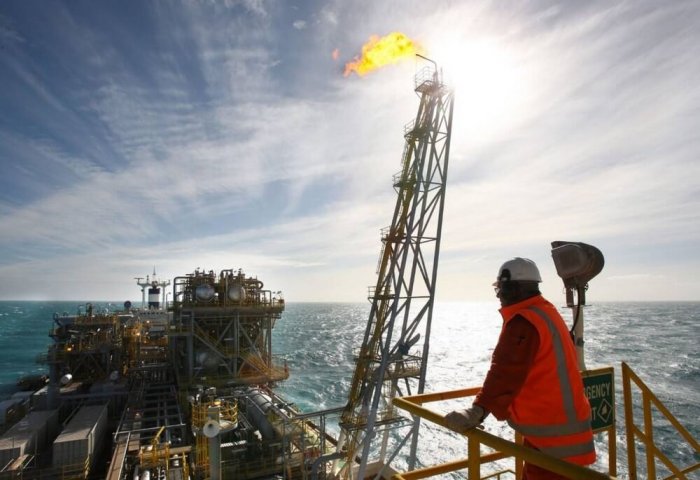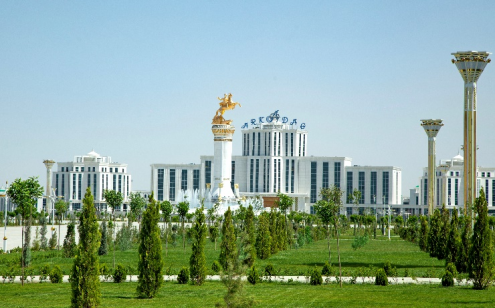The lack of energy supply in the world continuing for weeks is result of the production interruptions in energy supplying countries, the post-pandemic production recovery, the surging demand, technical problems and the lack of investments in infrastructure.
The arrival of winter and the cooling of the weather in the northern hemisphere is expected to result in more energy shortages due to the increase in use of natural gas in households. The prices of natural gas and coal, which power electricity plants and heat households, hit the record highs. Oil prices continue to see weekly increases. The US crude prices exceeded the threshold of $80 a barrel for the first time since November 2014. In China, factories in some regions began to take short breaks in production as they could not find enough energy.
Power outages are also experienced in India, the world's largest coal consumer after China. The electricity shortages in India, where coal accounts of almost 70% of electricity generation, is mainly attributed to the increase in global coal prices, the surge in transportation costs and reduction of coal use to meet global climate targets. This has triggered many countries, especially India and Pakistan, to take renewed interest in pipelines as they are more environmentally friendly and are less affected by shipping prices.
At the peak of the pandemic, energy, which was described as 'cheaper than water', negatively impacted the economies of the countries that supplied the most energy. Back then, the producer and supplier countries had the difficulty in selling the oil even in loss-making prices and this has contributed to the lack of energy supply today. Economies that slowed down during the pandemic increased production with the decrease of the effect of the pandemic and the energy supply required for this production began to be insufficient. In this context, the lack of supply is result of insufficient supplies to meet increased demand for it.
Among the reasons for the increase in energy prices, four main reasons can be highlighted:
- Severe droughts have caused serious decreases in the energy generated from hydroelectric power plants and wind in the world, especially in Europe. The decrease in these energy sources caused the shift towards power plants operating with natural gas and coal. This resulted in more coal and natural gas demand and caused their prices to surge 500%.
- The increase in coal prices and the decrease in natural gas storages in Europe to seriously low levels caused the prices to rise suddenly. The gas prices are expected to rise gradually with the increase in its use for heating purposes.
- The US energy companies are reluctant to invest in new projects as they aim to distribute some of their earnings to investors. They fear that shareholders will run away if they don't distribute the profits and instead spend them on drilling new wells. The know from previous experience that shareholders who go elsewhere will not return in the short term.
- The energy supply difficulties of large producers, such as Russia, contribute to price increases.
The price increases in the world are not limited to energy sector. Price increases are experienced in all kinds of commodity products, such as cotton, sugar, wheat, beans, copper, coffee, steel and timber. These spikes are expected to continue in the coming days.
For countries dependent on foreign energy sources, the new projects in this area in addition to the existing ones will minimize the fluctuations in energy prices and thus contribute to ensuring of price stability. In addition to the existing A, B and C lines of gas pipeline extending from Turkmenistan to China, the D line is expected to be built in the near future. The implementation of the project will provide relief in China's energy demand. In this case, Turkmenistan will be able to meet about 35 percent of China's energy needs. Likewise, the implementation of the TAPI gas pipeline project will result in fulfilling most of the energy needs of Afghanistan, Pakistan and India. In this case scenario, the other commodities prices, which have increased due to energy prices, will be able to be restrained to some extent.
Nurmyrat Mommayev,
PhD Candidate at Marmara University's Department of Political Science and International Relations in Istanbul, Turkey


















